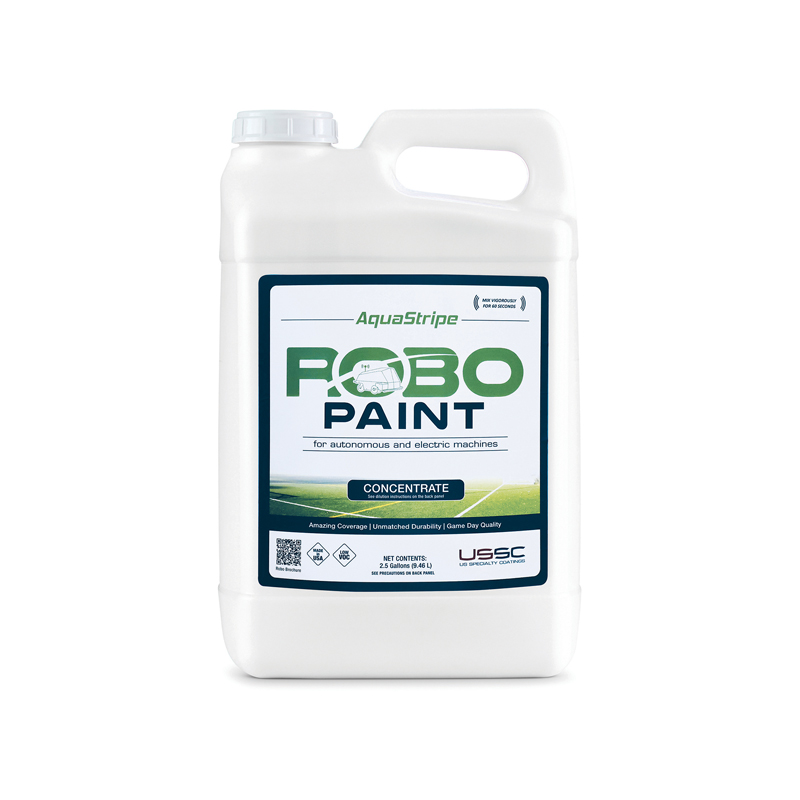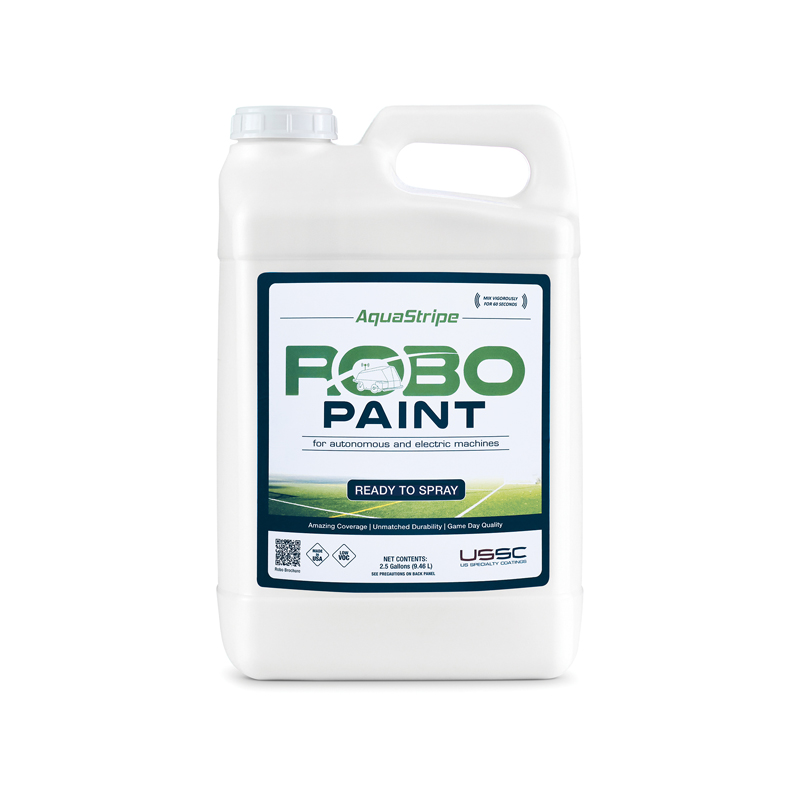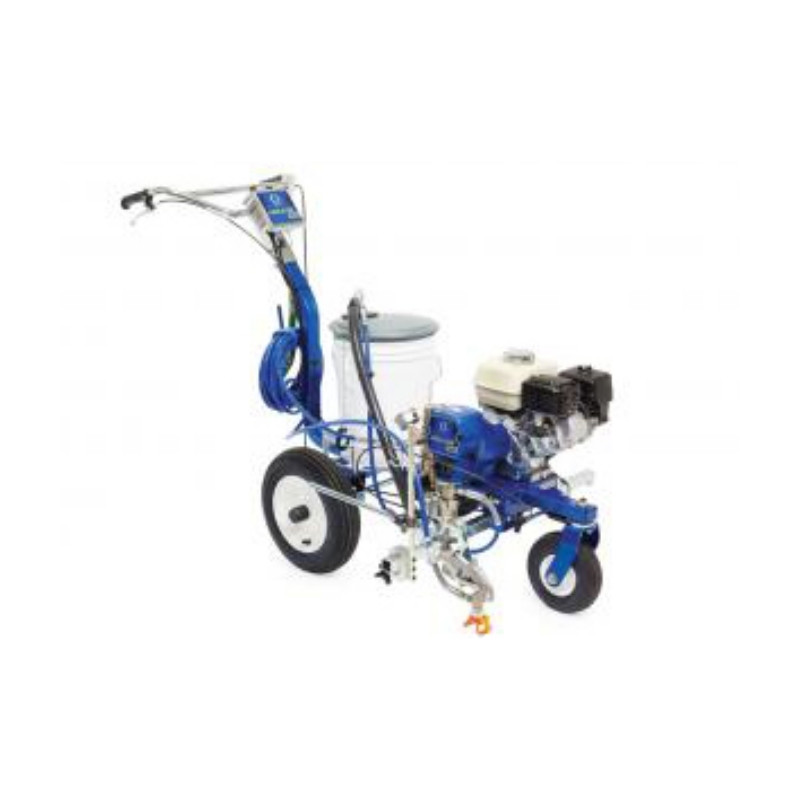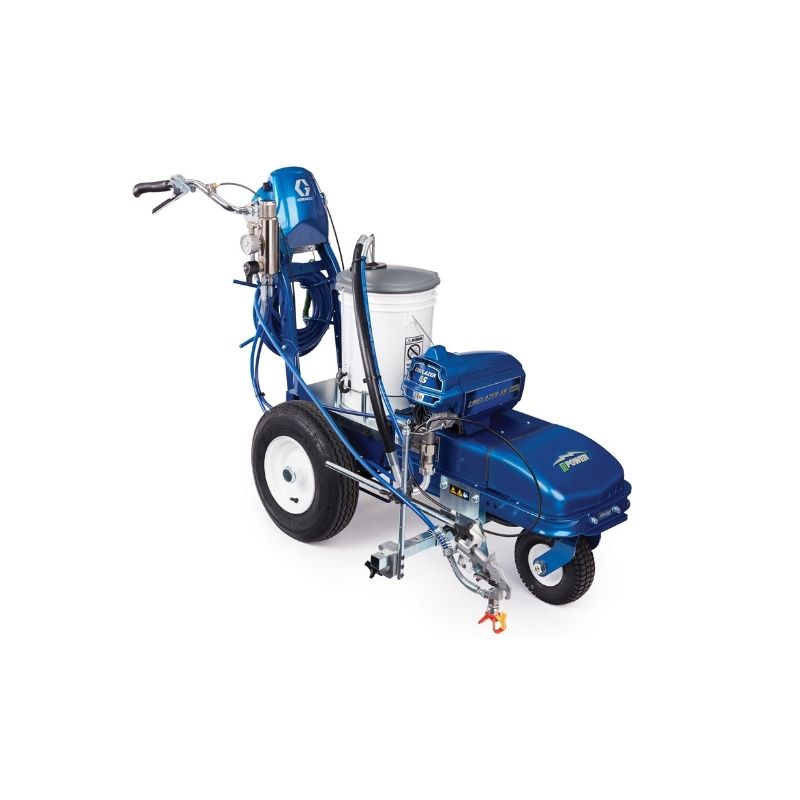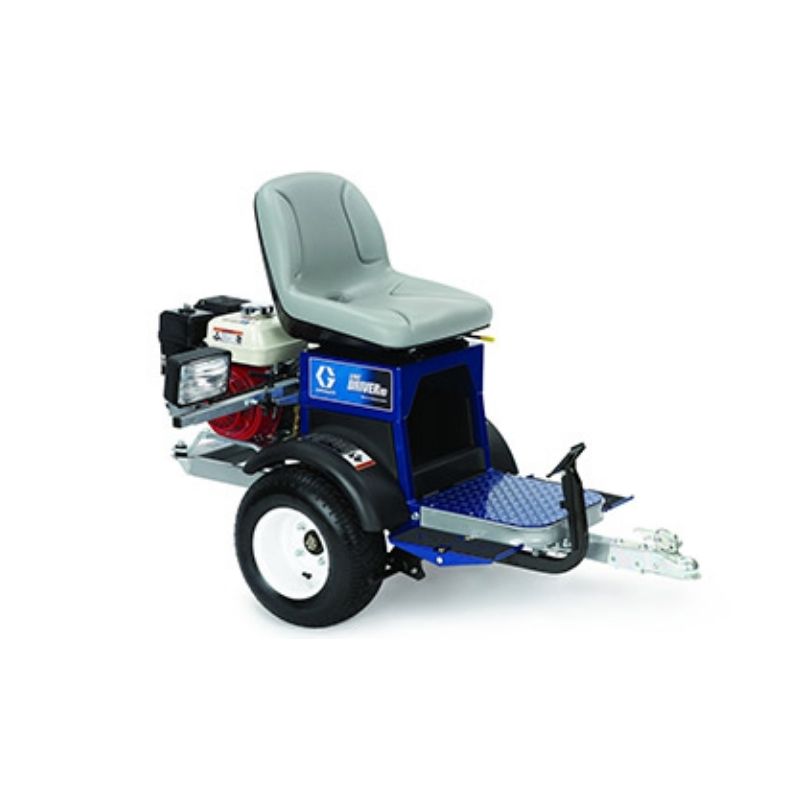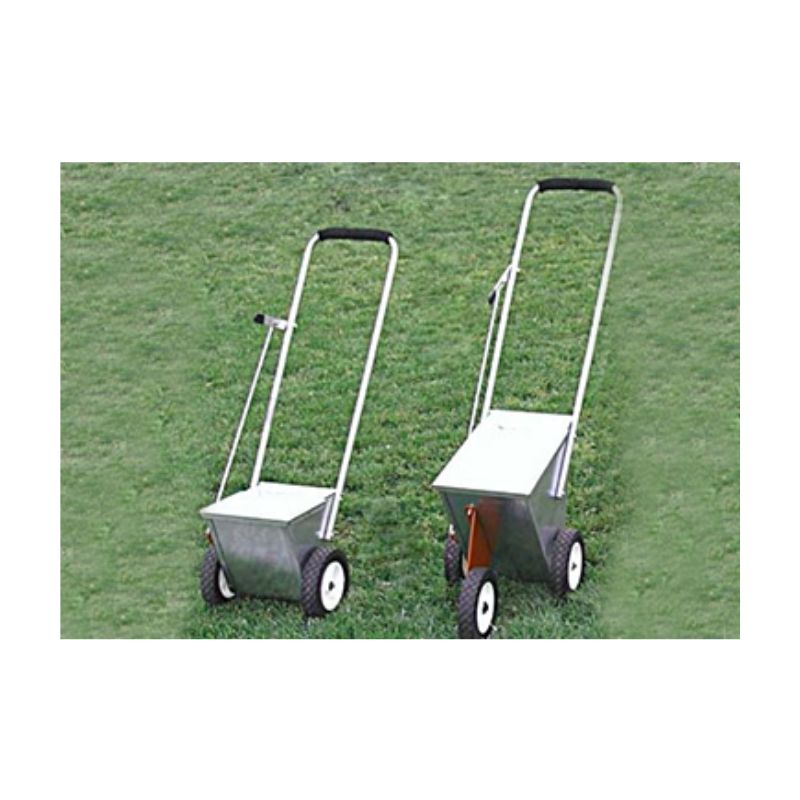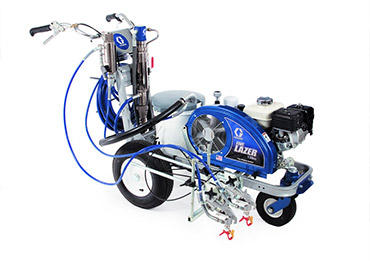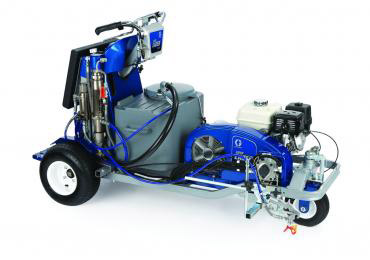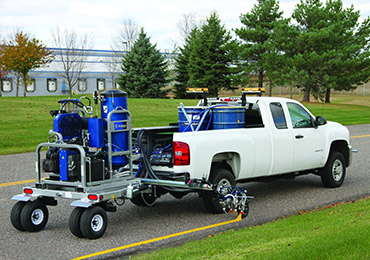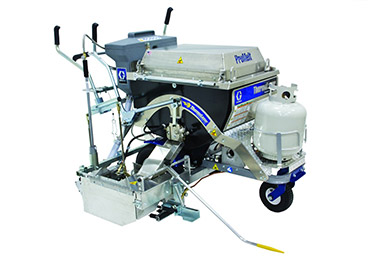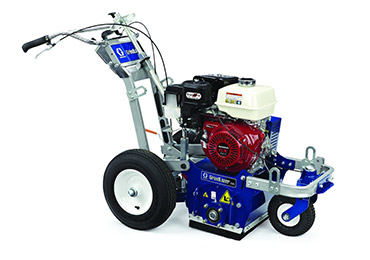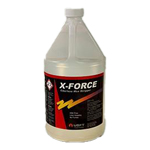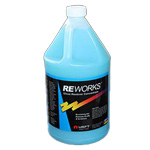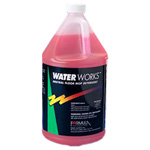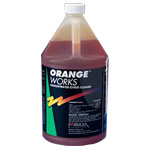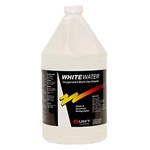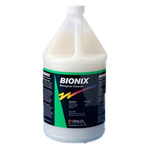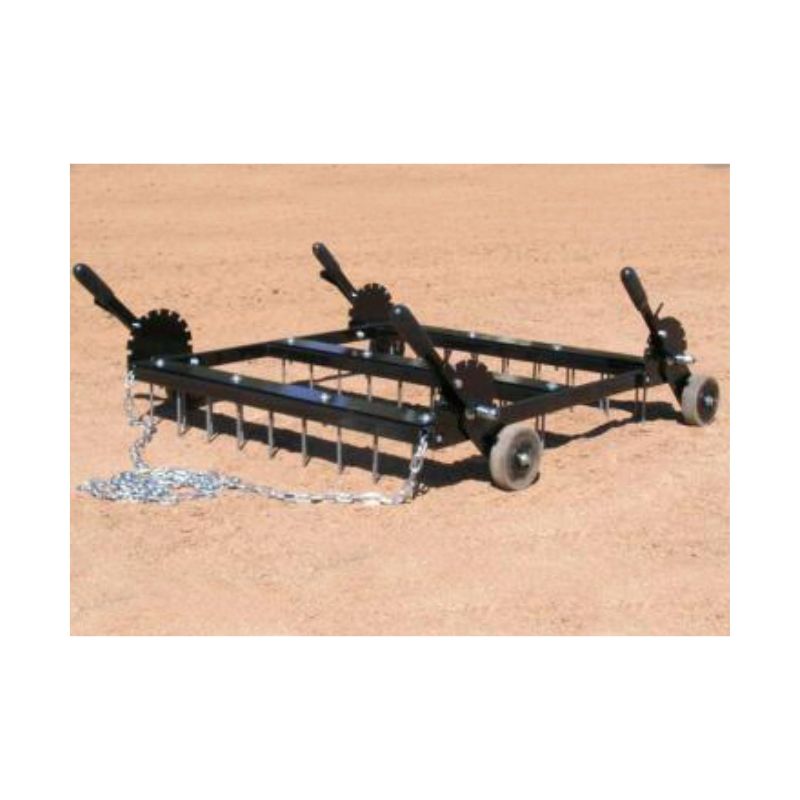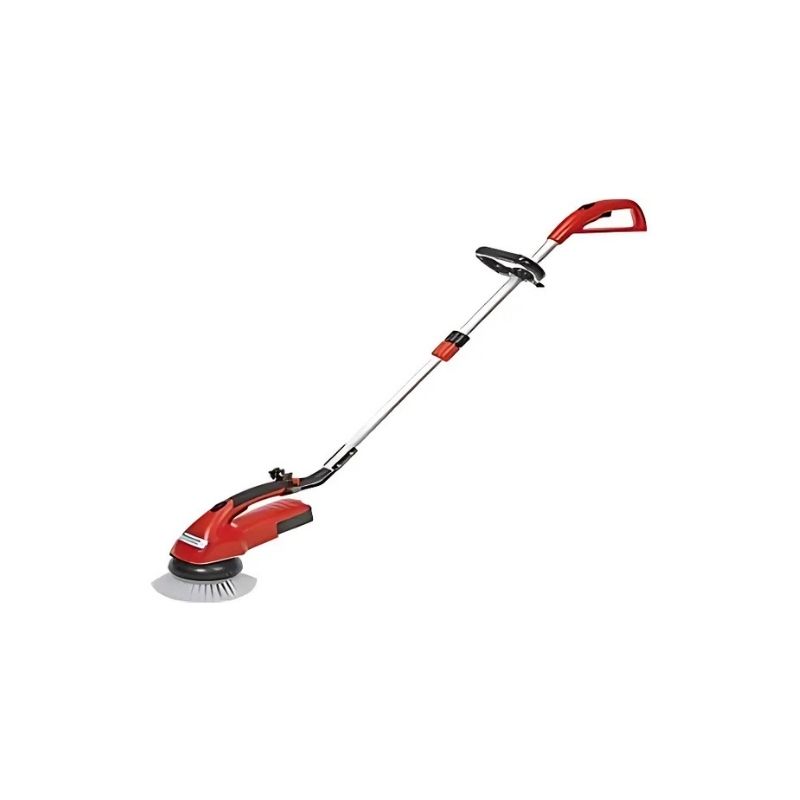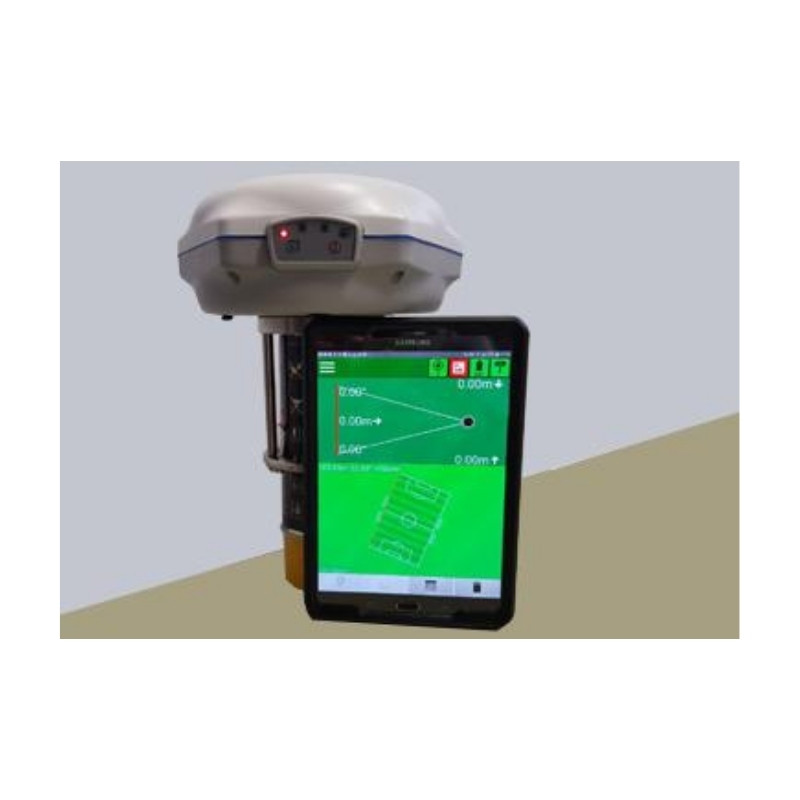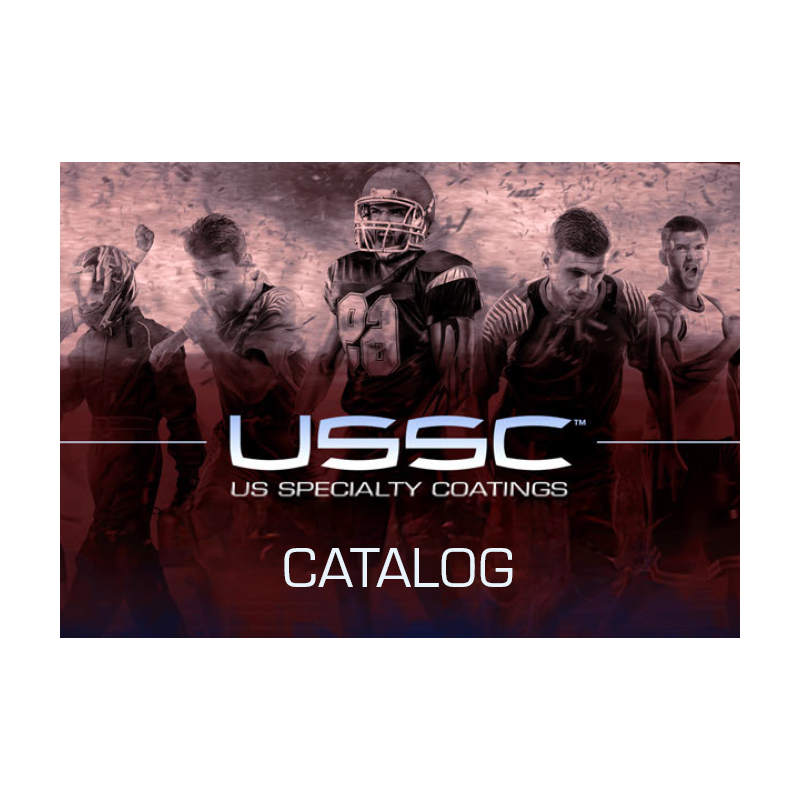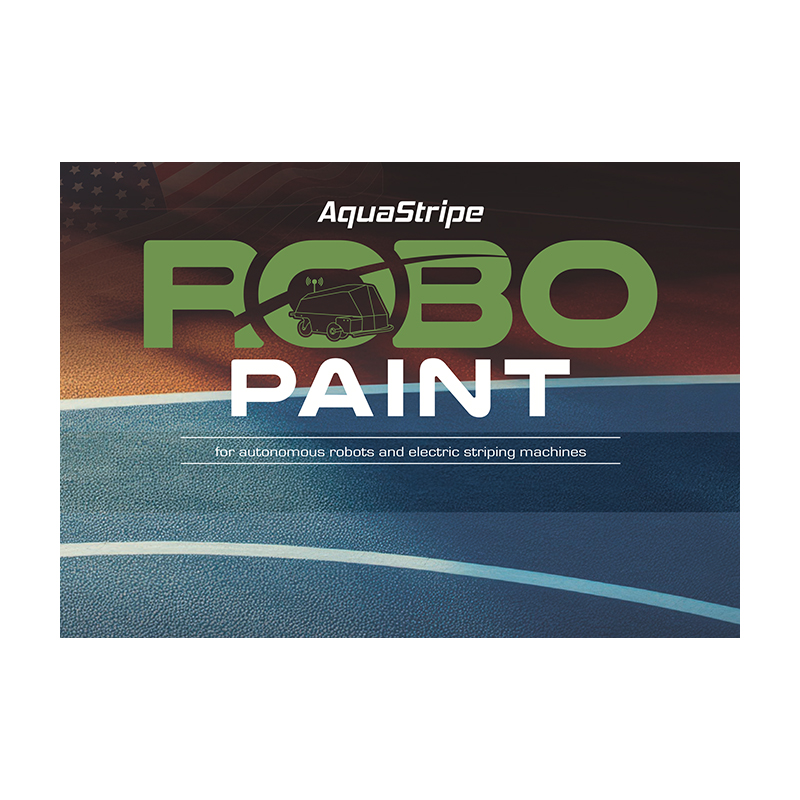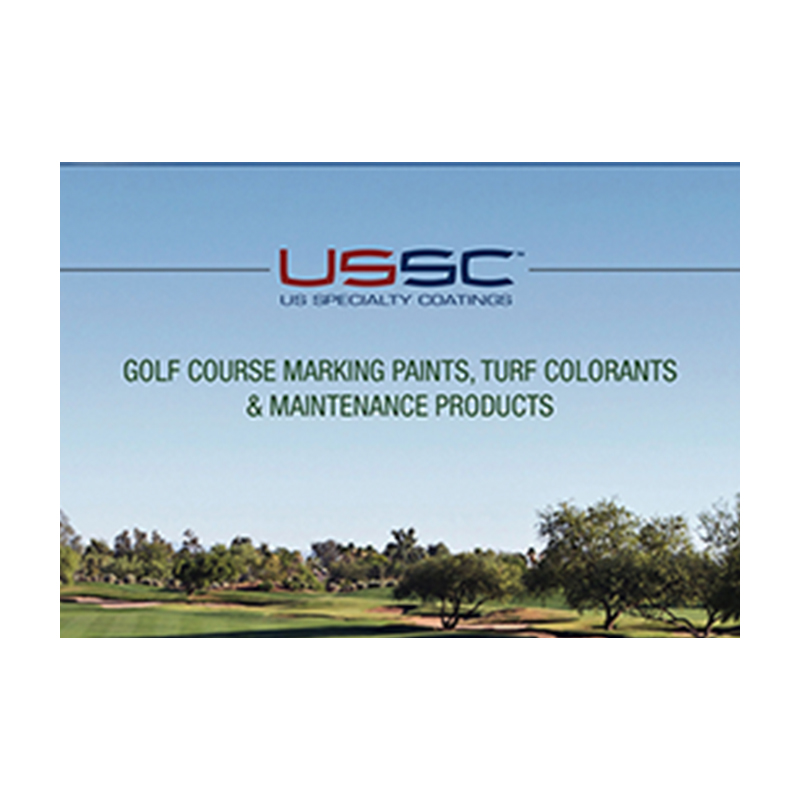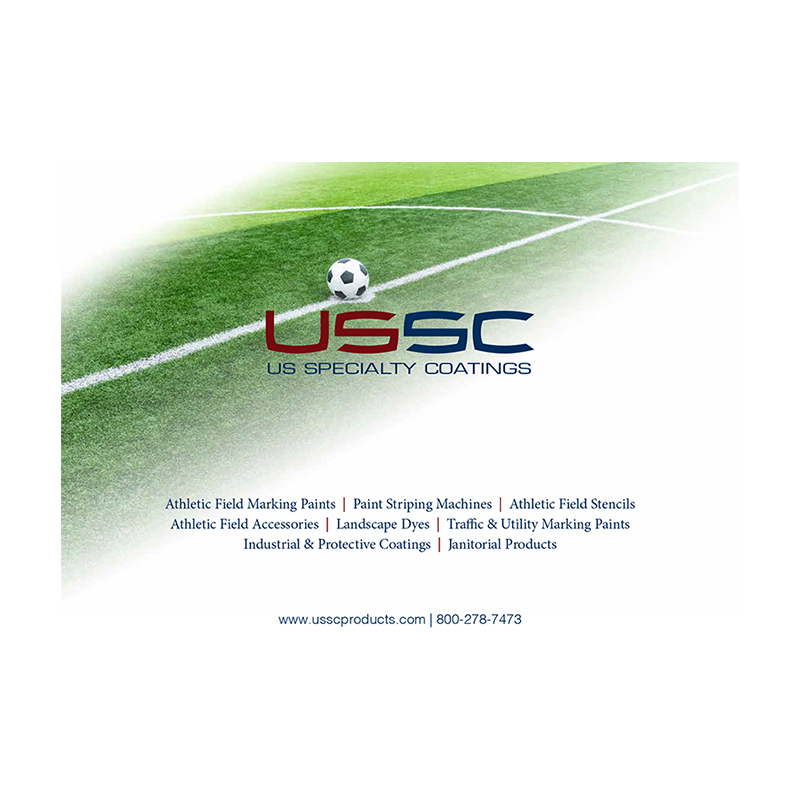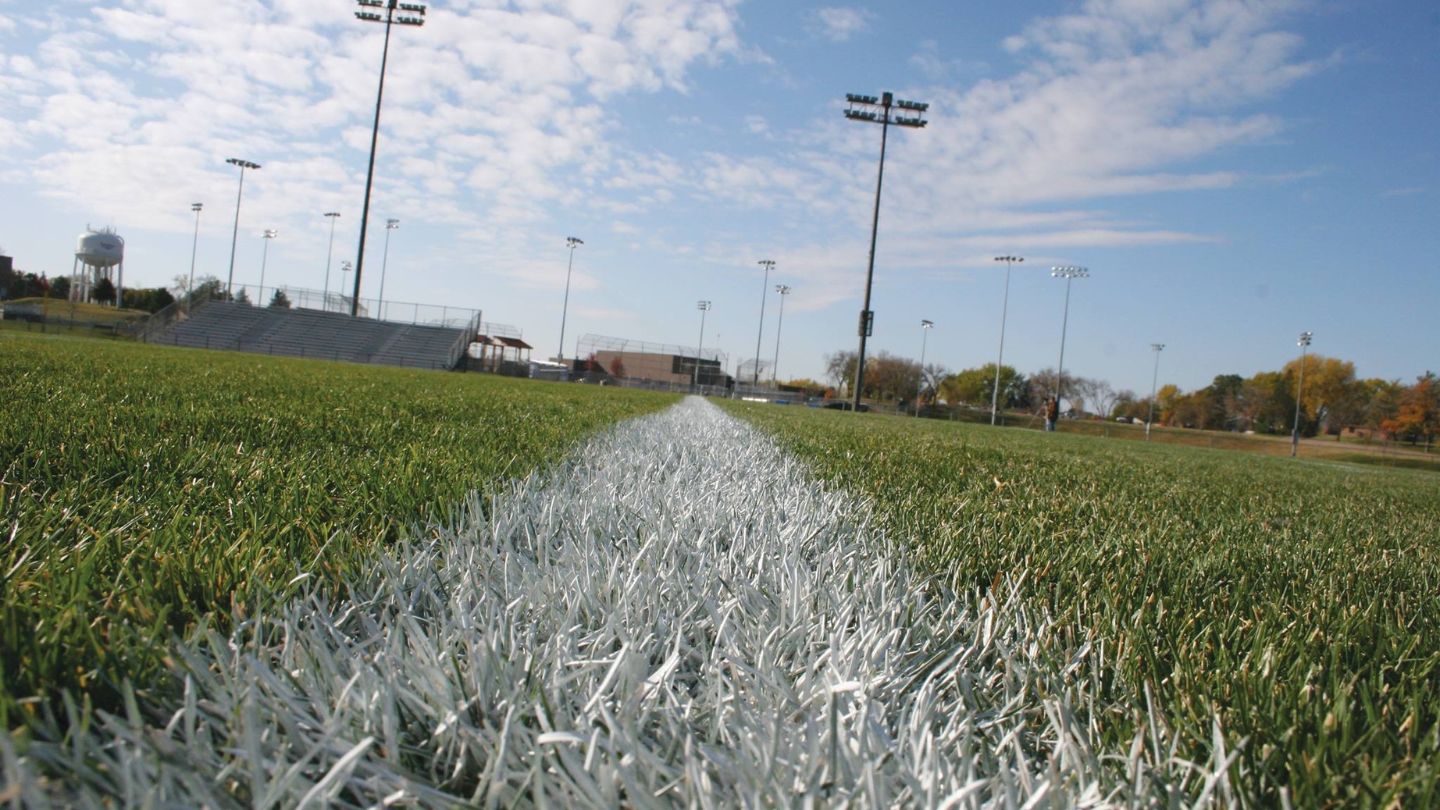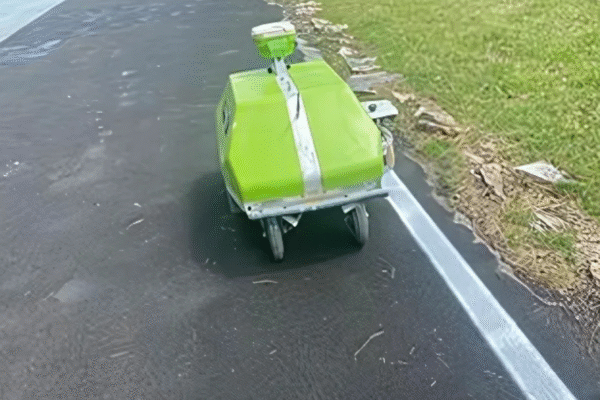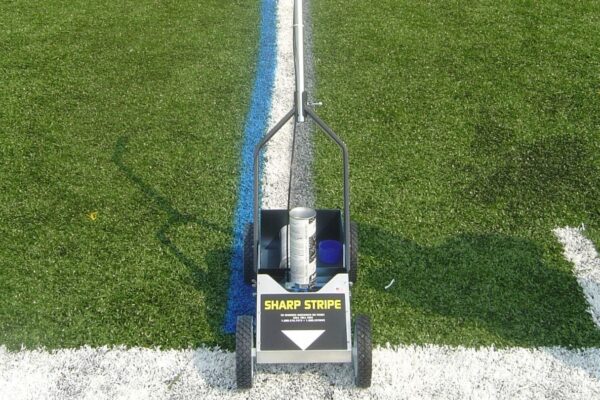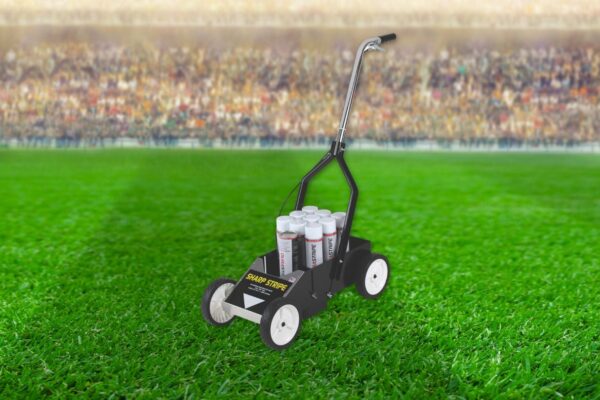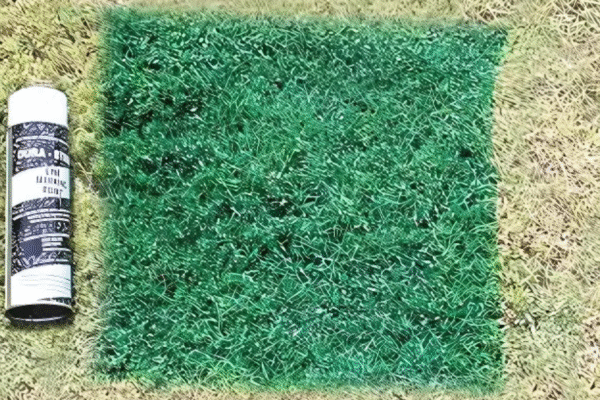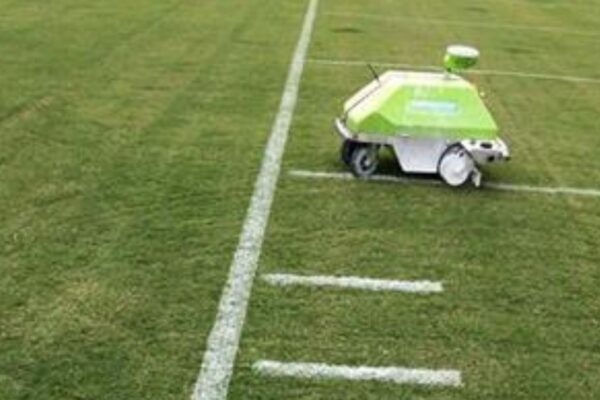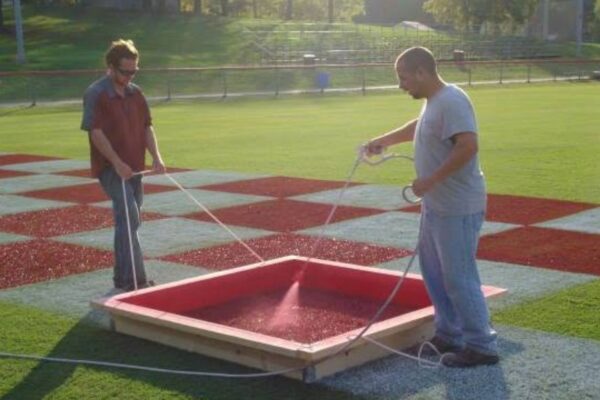Comprehensive Guide to Field Marking Paint for Different Surfaces: Turf, Concrete, Asphalt, and More
Selecting the correct paint type for each surface is critical to achieving lasting, visible, and professional results. Different materials, such as turf, concrete, and asphalt, require specific formulations that adhere properly, resist wear, and maintain color under heavy use or exposure to the elements. Proper surface preparation and application techniques further ensure optimal performance and durability. In this blog, we’ll explore the various types of field marking paint suited for different surfaces, detailing their characteristics, benefits, and best practices for long-term results.
Key Takeaways
- Choosing the appropriate field marking paint involves understanding surface compatibility, durability, visibility, and environmental impact, with three main types being aerosol, water-based, and solvent-based paints.
- Proper surface preparation is essential for effective paint adhesion, with specific techniques required for natural grass, synthetic turf, concrete, and asphalt to ensure clear and long-lasting markings.
- Technological advancements, such as GPS-guided striping machines and smart paint technologies, are enhancing the efficiency and precision of field marking applications, while the focus on eco-friendly paints supports sustainability.
Types of Field Marking Paints and Their Applications
Choosing the right field marking paint is crucial for ensuring that your lines are not only visible but also durable. Different surfaces and conditions require specific types of marking paints to perform optimally. Factors such as surface compatibility, weather resistance, durability, visibility, and environmental impact should be considered when selecting marking paints. There are three main types of field marking paints: aerosol paints, water-based paints, and solvent-based paints, each with its unique advantages and applications.
Understanding the different types of field marking paints helps in making informed decisions, especially when evaluating how to choose the right field marking equipment that ensures precise application and consistent coverage across surfaces. Here are some common types:
- Aerosol paints: Convenient for quick applications and touch-ups.
- Water-based paints: Known for their eco-friendly properties and quick drying times.
- Solvent-based paints: Offer exceptional durability and are ideal for high-traffic areas.
Selecting the right marking paint improves gameplay quality and meets unique needs for marking paint, enhancing overall satisfaction.
The visibility of field marking paint is paramount as it ensures that players and officials can easily see the lines during gameplay. High-quality paints often result in reduced maintenance costs by remaining visible for longer periods and decreasing the need for frequent applications. Additionally, line marking paint contributes to the overall clarity of the field. This section will explore each type of paint in detail, providing insights into its specific applications and benefits.
Aerosol Paints
Aerosol paints are a popular choice for field marking due to their ease of application and versatility. Key features include:
- Available in spray cans, making them convenient for quick applications and touch-ups
- Inverted spray options that allow for upward-directed applications
- Ideal for temporary markings
- Suitable for use on various surfaces, including natural grass and synthetic turf
One of the main advantages of aerosol paint is its quick drying time, which allows for rapid re-use of the painted surface. However, it is essential to use high-quality aerosol paints and spray paint to prevent paint from chipping or fading quickly.
These paints are also available in eco-friendly formulations, reducing the impact on the environment. When choosing aerosol paints, consider factors such as the presence of volatile organic compounds (VOCs) and the paint’s durability under different weather conditions.
Water-Based Paints
Water-based paints are renowned for their eco-friendly properties, as they contain significantly lower levels of volatile organic compounds (VOCs) compared to solvent-based paints. These paints are ideal for sports fields and other areas where environmental impact is a concern. One significant advantage of water-based paints is their quick drying time, which allows for rapid re-use of painted surfaces. Key benefits include:
- Eco-friendly properties due to lower VOC levels
- Suitability for sports fields and environmentally sensitive areas
- Quick drying time enabling rapid re-use of painted surfaces
When applying water-based paints, it is essential to do so during moderate temperatures to ensure proper adhesion and drying. Maintenance of equipment used for applying water-based paints is also crucial to produce consistent and high-quality markings. These line marking paints are available in various formulations to suit different surfaces, making them a versatile choice for paint field marking.
Solvent-Based Paints
Solvent-based paints are known for:
- Durability and strong adhesive properties, making them suitable for high-traffic areas.
- Formulation with resins that provide excellent adhesion and longevity, reducing the need for frequent touch-ups and maintenance.
- Being ideal for surfaces that experience heavy wear and tear, such as sports fields and road markings.
However, the application of solvent-based paints can be affected by factors such as temperature and humidity, which influence drying times and adhesion. Following the manufacturer’s guidelines for application ensures optimal performance.
Despite their strong odor and higher VOC content, solvent-based paints remain a popular choice for their long-lasting and resilient properties.
Surface Preparation for Different Types of Fields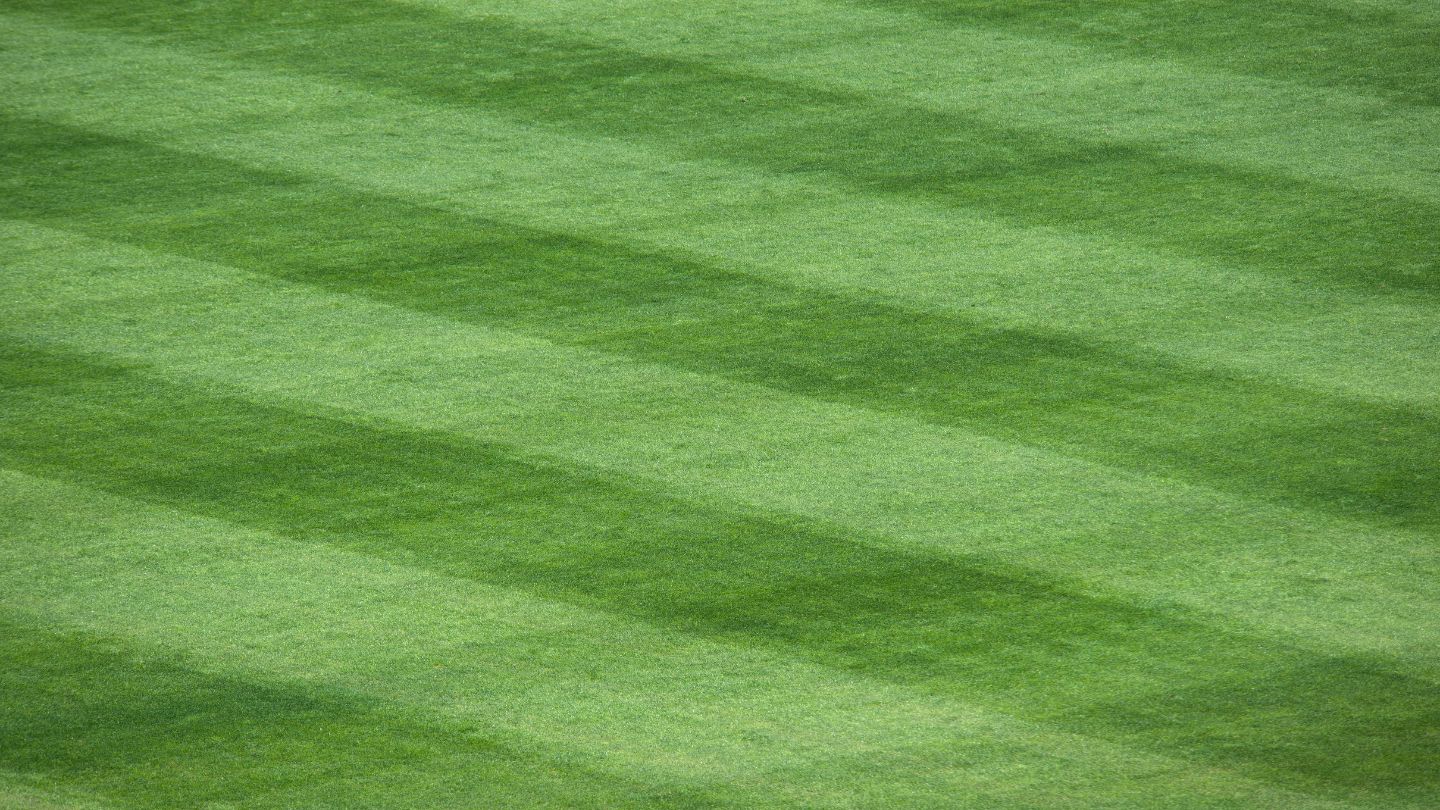
Proper surface preparation is the cornerstone of achieving long-lasting and high-quality field markings. Ensuring that the surface is clean and properly prepped before applying paint can significantly enhance the paint’s adhesion and durability. Whether you are working with natural grass, synthetic turf, concrete, or asphalt, each surface type requires specific preparation techniques, including removing field marking paint when necessary.
Effective surface preparation not only improves the adhesion of the paint but also ensures clearer and longer-lasting markings. Regular maintenance is crucial for maintaining the safety and performance of sports fields.
This section will cover the preparation techniques for natural grass, synthetic turf, concrete, and asphalt surfaces, providing detailed steps to achieve optimal results.
Natural Grass
Preparing natural grass surfaces for painting involves several critical steps. First, mowing the grass to an appropriate height helps create a uniform surface, which is essential for paint application. Mowing also ensures that the paint bonds effectively with the grass, creating clearer and more durable markings.
Ensuring the grass surface is dry before painting avoids smudging and inconsistent lines. Cleaning the grass surface of debris and organic matter enhances the contact area for paint adherence. These preparation steps are vital for achieving high-quality and long-lasting markings on natural grass fields.
Synthetic Turf
Synthetic turf requires careful preparation to ensure optimal paint adhesion. Cleaning artificial turf with a gentle brush can remove debris without damaging the fibers, allowing for better paint application. Using designated cleaning solutions that are compatible with synthetic surfaces helps prevent damage during preparation.
To properly maintain and prepare synthetic turf for painting:
- Regularly brush the synthetic turf to keep the fibers upright and maintain paint adhesion.
- Wait until the synthetic turf is completely dry before painting to ensure optimal adhesion.
- Properly prepare the synthetic turf to ensure that the markings remain clear and durable.
Concrete and Asphalt
Cleaning and priming concrete and asphalt surfaces are crucial steps in surface preparation. Using a pressure washing system to clean these surfaces can remove oils, dirt, and other contaminants that may interfere with paint adhesion. Thorough cleaning ensures a clean surface for the paint to bond effectively.
Applying a primer on concrete and asphalt surfaces can significantly improve the bond between the paint and the surface, enhancing the longevity and durability of the applied paint. Proper surface preparation for concrete and asphalt ensures that the markings remain visible and durable under various conditions.
Application Techniques for Different Surfaces
Applying field marking paint correctly is just as important as choosing the right paint and preparing the surface. Different surfaces require specific application techniques for applying marking paint to ensure that the paint adheres properly and lasts longer. Weather conditions, such as dry weather, play a significant role in the paint’s performance, as moisture can affect adhesion.
Using the right amount of paint is crucial to avoid oversaturation and ensure proper adherence to the surface. Understanding dilution ratios and applying paint in slender, uniform coats helps prevent accumulation and ensures even coverage. This section will cover the application techniques for turf, concrete, and asphalt surfaces.
Applying Paint on Turf
When applying paint on turf, regular touch-ups and inspections are essential to keep lines distinct and prominent for optimal playing conditions. UV resistance in marking paints helps ensure that they remain clear and visible under sunlight exposure. Using airless striping machines can provide consistent and uniform application, enhancing the quality of the markings and reducing the risk of uneven lines.
Painting Concrete Surfaces
Preparing the concrete surface is critical to ensure proper adhesion of the paint and to enhance its longevity. Using a roller or spray applicator helps to achieve even coverage and sharp lines for high-visibility painting on concrete. Routine maintenance involves checking for wear and performing touch-ups, which is vital to prolong the visibility and durability of the paint lines.
Marking Asphalt Fields
When painting asphalt, it’s essential to choose a paint specifically formulated for flexibility and durability under high traffic. For best results, apply paint during cooler temperatures to prevent rapid drying and ensure even application. These techniques help achieve long-lasting and high-quality markings on asphalt surfaces.
Maintenance and Longevity of Field Markings
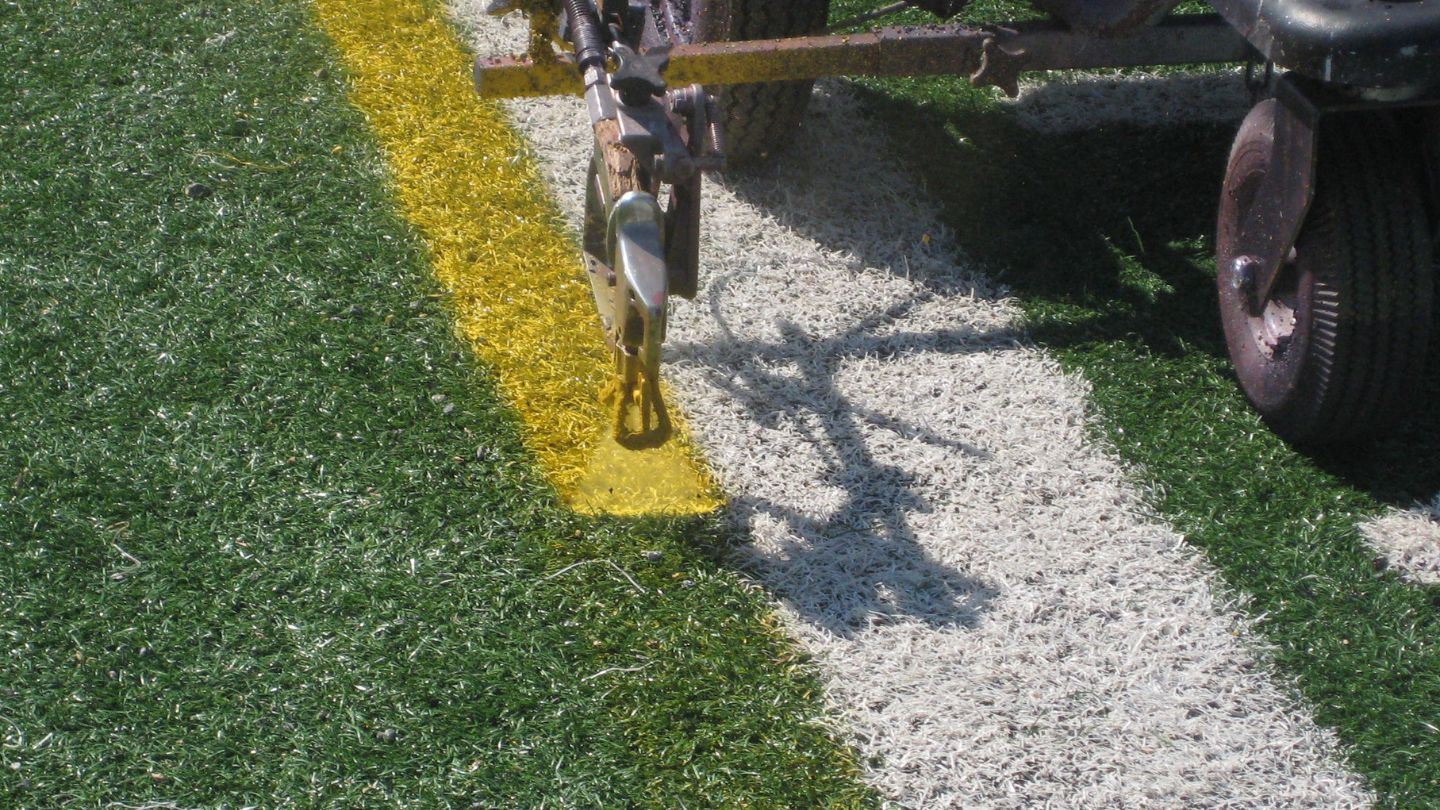 Effective maintenance is crucial for ensuring the longevity and visibility of field markings. Preparing surfaces properly before painting is critical for achieving proper paint adhesion, which directly affects the longevity of the markings. Modern field marking paints are engineered to provide superior durability and weather resistance, reducing the need for frequent repainting.
Effective maintenance is crucial for ensuring the longevity and visibility of field markings. Preparing surfaces properly before painting is critical for achieving proper paint adhesion, which directly affects the longevity of the markings. Modern field marking paints are engineered to provide superior durability and weather resistance, reducing the need for frequent repainting.
Regular maintenance and inspections can remarkably increase the lifespan of field markings, helping professionals better understand how long marking paint lasts under varying field conditions and usage intensity. This section will cover regular inspections and touch-ups, cleaning and storing equipment, and dealing with wear and tear to keep your field markings in prime condition.
Regular Inspections and Touch-ups
Establishing a routine for maintenance is crucial to keep field markings visible and clear. Key practices include:
- Frequent inspections to monitor the condition of field markings
- Touch-ups to maintain clarity and high visibility over time
- Periodic touch-ups to preserve the markings’ effectiveness
Monitoring maintenance effectiveness can be achieved by maintaining an accurate logbook of upkeep efforts.
Cleaning and Storing Equipment
To maintain the functionality and longevity of painting equipment:
- Regularly clean the equipment post-application.
- Use appropriate cleaning solutions to remove paint residues and contaminants.
- Store painting equipment properly to prevent contamination and preserve functionality over time.
Avoid storing equipment with incompatible agents to minimize the risk of damage.
Dealing with Wear and Tear
Durability significantly impacts the frequency of repainting:
- Higher quality paints last longer, reducing the need for frequent touch-ups.
- Excessive build-up of marking paint on a surface can occur due to thick layers of paint.
- Build-up can also result from inadequate cleaning between applications.
- Specialized solutions or cautious scraping techniques should be used to remove old pitch marking lines.
Applying protective coatings can significantly improve the lifespan of field markings. Some smart paints can adjust their properties based on temperature and humidity changes, enhancing their application in varying conditions. These advancements contribute to maintaining the visibility and durability of field markings under different environmental conditions.
Environmental and Safety Considerations
Environmental responsibility and safety are crucial considerations when selecting and applying field marking paints. Water-based marking paints and water-based line options are recognized for being eco-friendly and have significantly lower levels of volatile organic compounds (VOCs) compared to solvent-based options. These paints minimize health risks for users and reduce ecological damage. This section will cover eco-friendly paints, safety precautions, and proper disposal of leftover paint.
Eco-Friendly Paints
Using low-VOC paints helps reduce negative effects on human health and minimizes environmental impact. Eco-friendly field marking paints minimize ecological footprints and safeguard health, supporting sustainability.
There is a growing demand for eco-friendly field marking paints that utilize water-based formulations, which contain lower volatile organic compounds, enhancing their environmental safety. Manufacturers are focusing on developing eco-friendly marking paints that contain fewer volatile organic compounds and utilize sustainable materials.
Safety Precautions
Safety measures during paint application are crucial to protect both workers and players. Ensuring clear visibility of field markings is essential for everyone involved in the game. These innovative coatings can enhance safety by improving the visibility of glass bead markings in varying adverse weather conditions.
Proper Disposal of Leftover Paint
Disposing of leftover paint and empty containers responsibly minimizes environmental impact. Leftover paint and empty containers should be disposed of according to local environmental guidelines. It is crucial to adhere to correct disposal methods. This helps to prevent ecological harm.
Technological Innovations in Field Marking
Technological advancements are revolutionizing the field marking industry, making it more efficient and precise. Modern technology includes:
- GPS-guided robots that improve accuracy and reduce manual effort
- Advanced striping machines
- Specialty coatings, paints, primers, and other innovative products
This section will cover GPS-guided striping machines and smart paint technologies.
GPS-Guided Striping Machines
GPS technology in marking machines offers several benefits:
- Enables consistent and precise line placement, minimizing human error.
- Allows GPS-enabled striping machines to achieve precise line placements.
- Eliminates the need for manual measuring.
- Reduces the potential for human error.
These machines allow users to create complex field layouts with minimal manual input.
Smart Paint Technologies
Smart paint technologies are revolutionizing field marking by transforming marking practices, enhancing efficiency, and improving user satisfaction. Recent advancements in smart paint technologies allow for color changes in response to environmental shifts, enhancing visibility. Smart paints provide improved visibility and versatility under various weather conditions, making them ideal for outdoor fields.
Specific Sports Field Requirements
Different sports fields have specific marking requirements that must be adhered to for gameplay and safety. Field marking paints and sports field paint are used for various applications, such as sports fields, car parks, and outdoor spaces. This section will cover the specific requirements for soccer fields, American football fields, and multi-sport surfaces.
Soccer Fields
The standard length for a soccer field sideline ranges from 100 to 110 meters. Touchlines on soccer fields range from 100 to 130 yards for standard games, depending on the level of play. The center circle on a soccer field has a radius of 10 yards, which is critical for kick-off scenarios. Using high-quality paints ensures straight lines and visibility in high-traffic areas.
American Football Fields
American football fields require specific markings, such as yard lines at five-yard intervals, to denote distance. Football fields require end zones that are each 10 yards deep. Use high-quality athletic field marking paints and precision application with proper equipment to maintain visibility of markings on American football fields.
Multi-Sport Surfaces
Multi-sport fields benefit from marking sports fields that are easy to change based on the sport being played. Field markings for multi-sport surfaces must be adaptable for different sports while ensuring visibility. Adaptable markings in multi-sport fields enhance not only functionality but also the overall aesthetic appeal and professional appearance.
Future Trends in Field Marking Paint
The future of field marking paint is focused on sustainability and enhanced durability, with continued innovations shaping how to make the right choice of field marking paint for optimal performance and environmental compliance. Using eco-friendly field marking paints supports sustainable practices and demonstrates a commitment to environmental responsibility. Emerging technologies in field marking paint are focusing on eco-friendliness and enhanced visibility. This section will cover sustainable paint innovations and enhanced durability formulations.
Sustainable Paint Innovations
The increasing demand for environmentally friendly solutions has led to innovative approaches in field marking paint manufacturing, including:
- Development of new bio-based paints using natural ingredients, reducing reliance on traditional petroleum-based products
- Advances in paint formulations that maintain high visibility
- Creation of products offering extended durability under various environmental conditions
Enhanced Durability Formulations
New formulations are being developed to enhance the lifespan of field markings. Frequent maintenance of field markings promotes uniformity in appearance and long-lasting lines against wear. Regular inspections and upkeep are crucial for ensuring the longevity and effectiveness of field markings.
Final Thoughts on Field Marking Paint Applications
Choosing the right field marking paint depends on understanding the surface material, weather exposure, and level of play or activity involved. Whether applied on natural turf, synthetic grass, concrete, or asphalt, selecting the correct formulation ensures visibility, durability, and compliance with safety standards. Proper preparation and maintenance are equally important for achieving sharp, long-lasting lines that withstand heavy traffic and outdoor conditions.
At US Specialty Coatings, we provide premium solutions for professional and recreational facilities that demand performance and precision. Our innovative field marking paint products are engineered for superior adhesion, color accuracy, and weather resistance across all surface types. Count on us for expert guidance and high-quality coatings that enhance every project’s visibility, safety, and aesthetic appeal.
Frequently Asked Questions
What type of field marking paint works best for natural grass?
Water-based field marking paint is generally preferred for natural grass because it’s eco-friendly, fast-drying, and doesn’t harm the turf. It provides bright, durable lines that can be easily reapplied without damaging the grass blades.
How long does field marking paint typically last?
The durability of field marking paint depends on the surface type, weather exposure, and frequency of use. On average, markings last anywhere from two weeks to several months. Regular maintenance and touch-ups help extend visibility and longevity.
Can field marking paint be used on both concrete and asphalt?
Yes, but you’ll need solvent-based or specialty coatings designed for hard surfaces. These paints offer superior adhesion, UV resistance, and durability, making them ideal for parking lots, playgrounds, and multipurpose courts.
Is water-based paint safe for the environment?
Absolutely. Water-based field marking paints contain minimal volatile organic compounds (VOCs), making them environmentally friendly and safer for workers, players, and surrounding ecosystems.
How should I prepare a surface before applying field marking paint?
Ensure the surface is clean, dry, and free of debris or oil. For turf, mow and clear the grass; for concrete or asphalt, pressure wash and, if necessary, apply a primer. Proper surface preparation ensures stronger adhesion and longer-lasting results.








